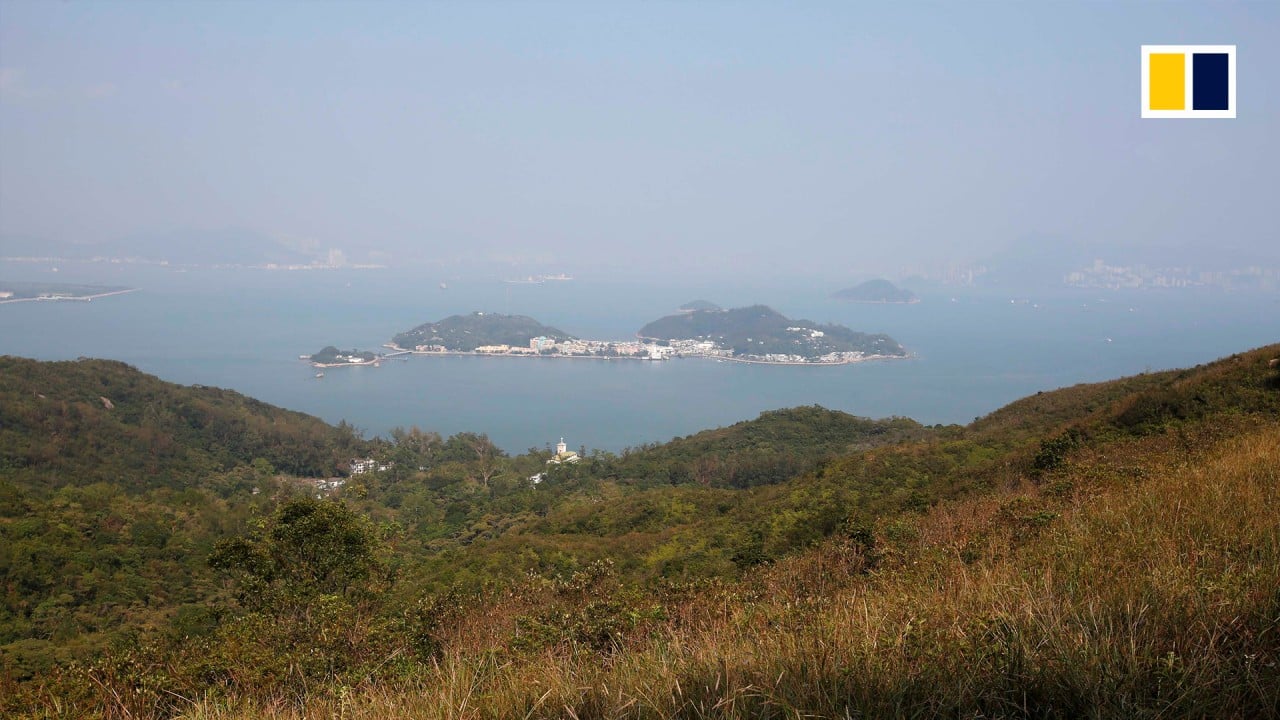
Hong Kong must not be misled about the unneeded Lantau Tomorrow Vision
- With the proposal for the Lantau project, the Hong Kong government is either misleading the public, or guilty of magical thinking. It seems to believe residents can move in eight years after such a complex project begins

02:43
Why Carrie Lam’s Lantau land reclamation plan is so controversial
The government has already identified five sites that will provide housing for 712,300 residents. They are Tung Chung New Town Extension and four New Development Areas in Yuen Long South, Kam Tin South, Hung Shui Kiu, and New Territories North. Construction has begun in Tung Chung and Hung Shui Kiu. In all, 25 identified sites will provide about 240,000 public housing units, which are now in various stages of design and construction. Feasibility studies are being conducted for 18 other sites.
In addition, the government has identified 1,414 hectares of brownfield sites, 450 hectares of which have potential for public housing development. It is estimated that 63 hectares can provide 20,000 public housing units; more will be planned.
Currently, there are 156,400 general applications for public rental housing, and about 103,600 non-elderly one-person applications; their needs can be met by the planned public housing development.
No better time for Hong Kong to launch a major housing plan

04:11
Tiny 290sq ft temporary housing a welcome upgrade for some low-income Hong Kong families
The government’s most magical thinking is that the Lantau project will begin to be populated by 2033, a mere eight years after construction begins. This is a pace that has not been achieved at far less complex land-based development projects such as Tung Chung Extension and Hung Shui Kiu. With regard to Lantau, not only are artificial islands of 1,000 hectares being proposed, an entire transport network will have to constructed – road and rail connecting the islands to the rest of Hong Kong, and sea crossings.
Seldom has so complex and risky a project costing so much been presented with so much misinformation to the public. Without allowing a rigorous due diligence analysis conducted by an independent professional body, and with a majority of pro-government lawmakers in the Legislative Council all but guaranteeing approval for the project, perhaps the government is hoping to fool all of the people all of the time.
Tom Yam is an independent management consultant and a member of the Citizens Task Force on Land Resources, a group of professionals dedicated to broadening and facilitating the debate on critical issues including sustainable development, the optimal uses of land, and the conservation of resources

